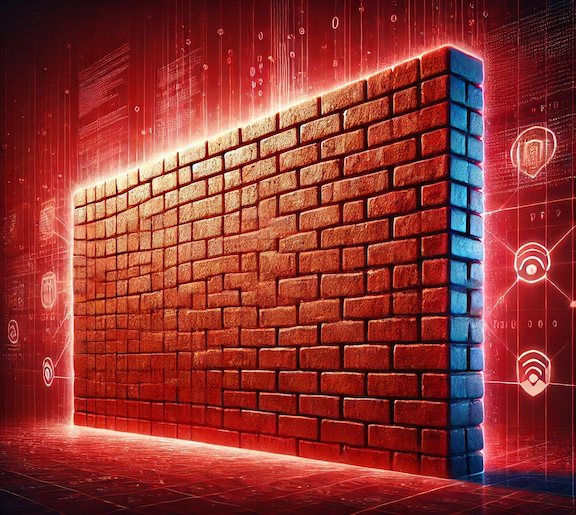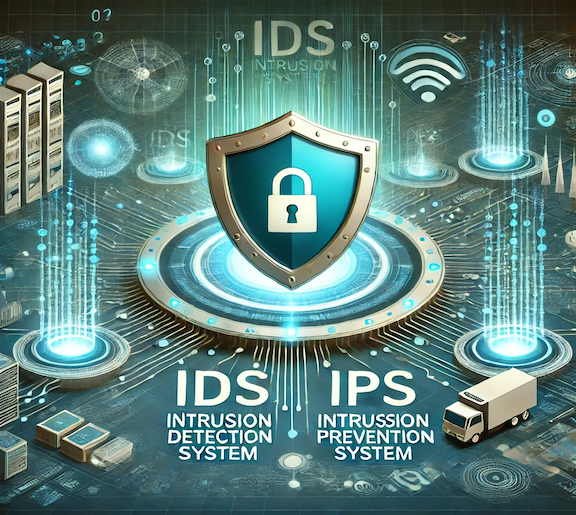In systems integration, "Connect, Compute, Recovery" represents key stages or components in designing and managing integrated systems.these three components are crucial for creating a robust, efficient, and resilient system that can connect various technologies, process data effectively, and recover quickly from any issues.
Integration of Components:
This stage involves linking different systems, devices, and software applications so they can work together. It includes setting up communication protocols, ensuring compatibility between components, and establishing network connections.

Firewall/Switches
Firewalls and switches are critical components in network infrastructure. A firewall acts as a security gatekeeper, monitoring and controlling incoming and outgoing network traffic based on predetermined security rules, protecting systems from unauthorized access and potential threats. Switches, on the other hand, connect multiple devices within a network, directing data packets to their correct destination by using MAC addresses. Together, they ensure both the security and efficient data flow within a network.

VPN+2FA
A VPN (Virtual Private Network) creates a secure, encrypted connection between a user's device and a remote server over the internet. This tunnel protects the data transmitted, making it appear as if the user's traffic originates wihin the remote network. VPNs are essential for providing secure remote access to a company's network, allowing employees to access internal resources safely from any location.

Load Balancing/Reverse Proxy
A load balancer distributes incoming traffic across multiple servers to prevent any single server from becoming overloaded, ensuring better performance and reliability. A reverse proxy acts as an intermediary between clients and servers, forwarding client requests to the appropriate backend server, which helps with security, load distribution, and managing traffic efficiently. Both tools are key for optimizing web application performance and scalability.

IDS/IPS/LOG
IDS (Intrusion Detection System) monitors network traffic for suspicious activities or known threats, alerting administrators when potential intrusions are detected. IPS (Intrusion Prevention System) goes a step further by not only detecting threats but also actively blocking or mitigating them in real-time. LOG systems collect and store detailed records of network activities, including alerts from IDS and actions taken by IPS. Together, IDS detects, IPS responds, and LOG systems provide the historical data needed for analysis, compliance, and ongoing security monitoring.

SSL
An SSL certificate is a digital certificate that authenticates a website's identity and enables an encrypted connection between the web server and a user's browser. SSL (Secure Sockets Layer) ensures that any data exchanged, like login information or payment details, is protected from eavesdropping or tampering. Websites with SSL certificates display "HTTPS" in their URLs, along with a padlock icon, signaling to users that the site is secure. SSL certificates are essential for protecting sensitive information and building trust with users.
Interoperability:
Ensuring that disparate systems can exchange data and operate seamlessly together is critical. This might involve using APIs, middleware, or other technologies to facilitate communication between systems.
